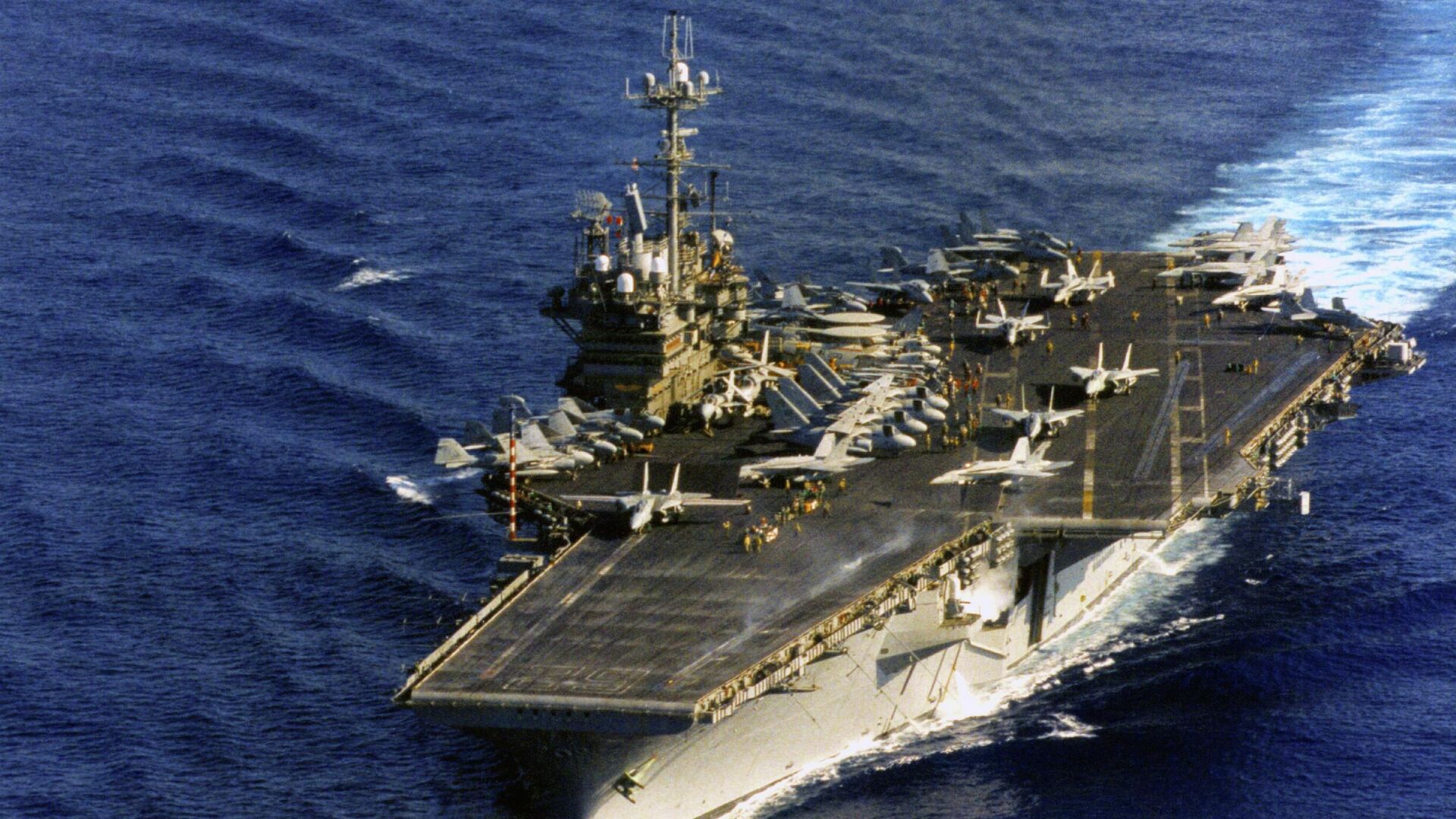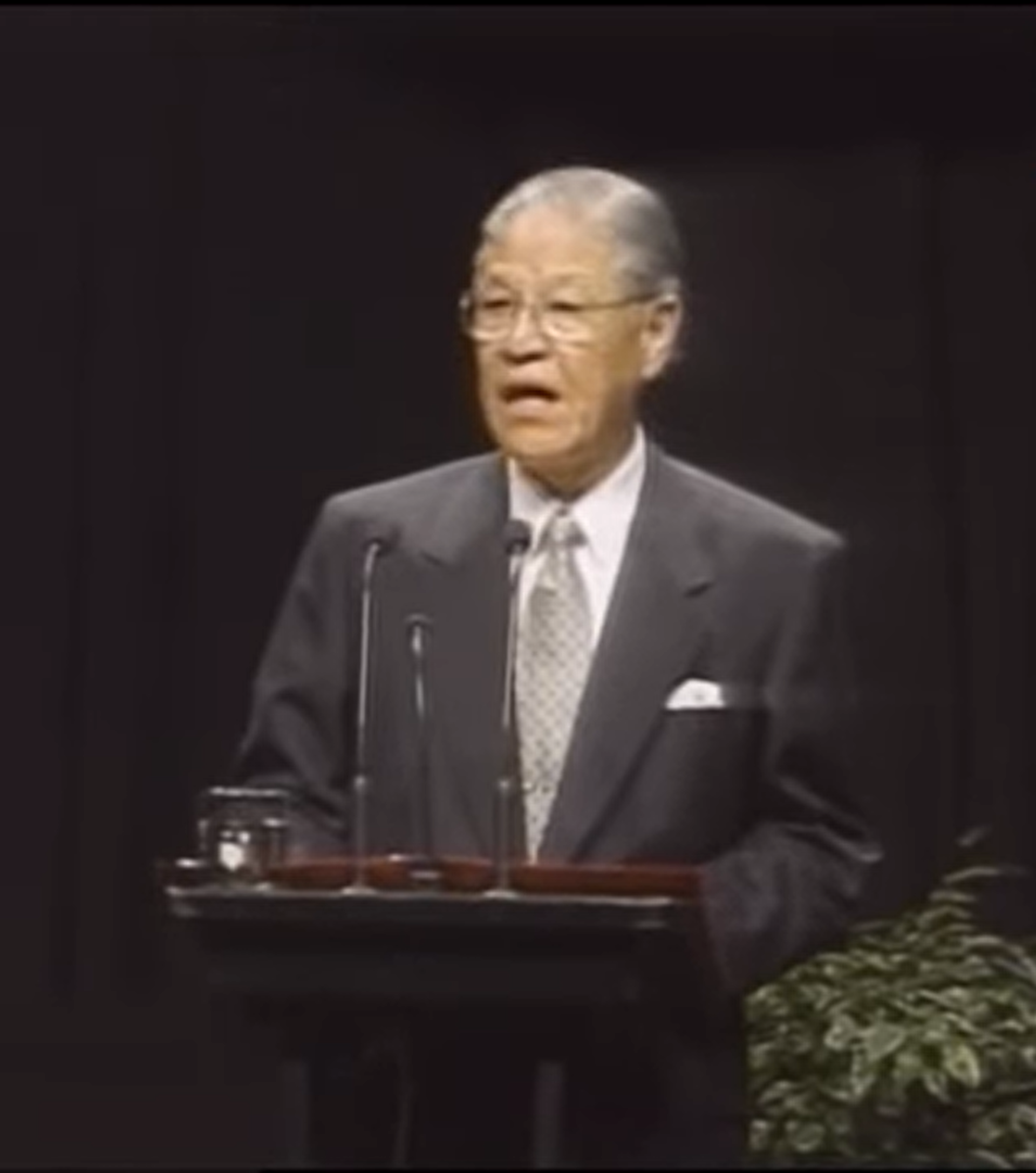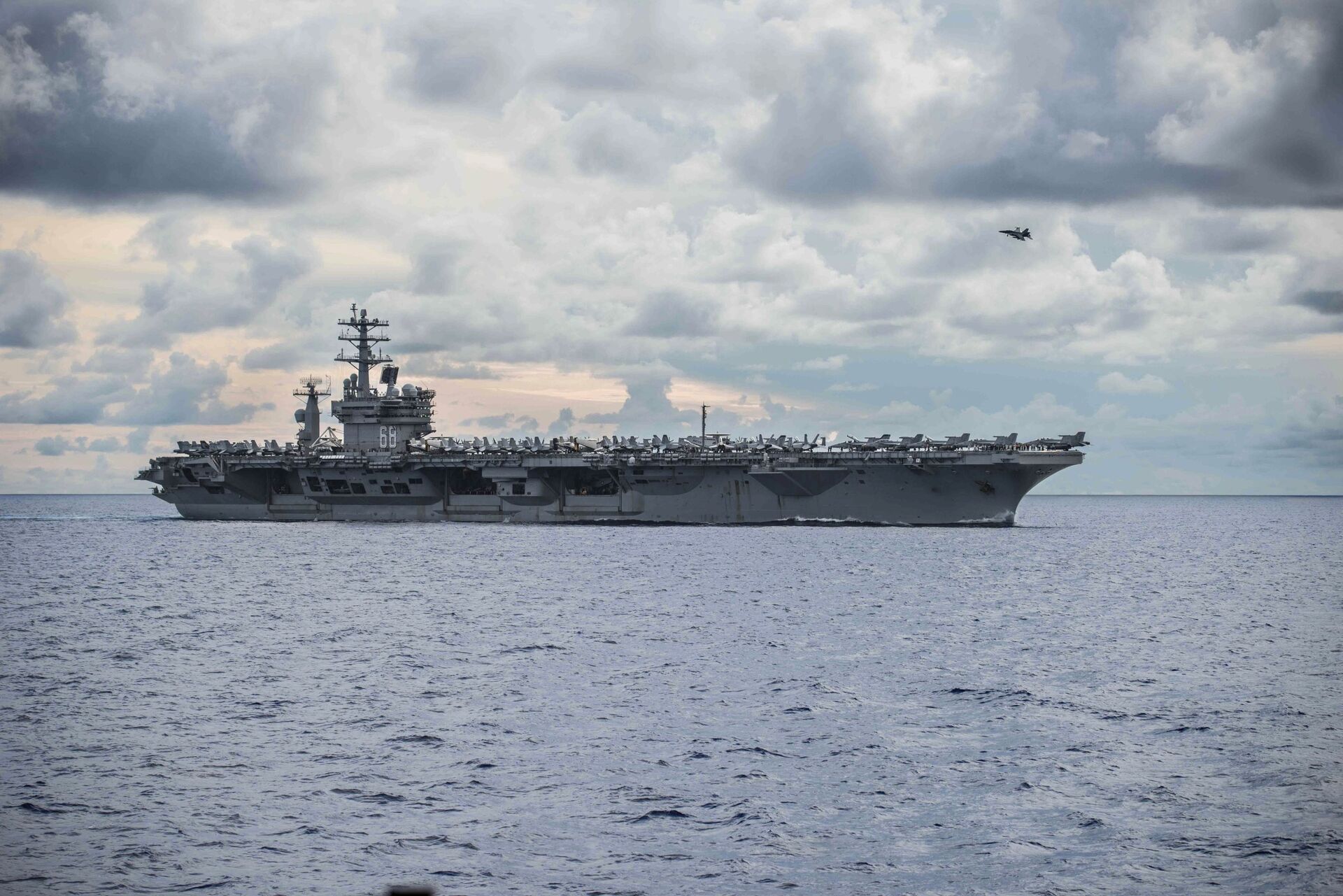Pelosi’s Taiwan Visit Similar to the 1995-6 Crisis, But China’s Spent 25 Years Preparing for It
19:58 GMT 02.08.2022 (Updated: 12:44 GMT 19.06.2023)

© US Navy
Subscribe
Longread
Late on Tuesday night, US House Speaker Nancy Pelosi (D-CA) landed in Taipei, disregarding warnings from Beijing, the White House, and the Pentagon. Now China is planning military drills on every side of Taiwan and Pelosi has declared that “we cannot stand by as the CCP [Communist Party of China] proceeds to threaten Taiwan - and democracy itself.”
Pelosi’s trip has had the predicted effect of ramping up tensions between the US and China over Taiwan, an island off the coast of the Chinese mainland which Beijing claims is a Chinese province in rebellion.
When the US switched its recognition of the legitimate Chinese government from Taipei to Beijing in 1979, it acknowledged what Beijing’s position was, and later pledged to slowly reduce its support for Taipei. Respect for the “One China” principle forms the bedrock of US-China relations, and despite Pelosi’s claims otherwise, Beijing sees the growing US support for Taipei, of which Pelosi’s trip is but one example, as violations of that principle.
The last time tensions over Taiwan were this high was 26 years ago; ironically, that crisis also began with a controversial trip, albeit in the opposite direction. However, this time around, the People’s Liberation Army (PLA) is far more prepared to stand up to Washington.
Mr. Lee Goes to New York

Taiwanese President Lee Teng-Hui speaking at Cornell University in Ithaca, New York, on June 10, 1995
© Sputnik Screenshot
On June 9-10, 1995, Taiwanese President Lee Teng-hui flew to the United States to give the commencement address at his alma mater, Cornell University, in upstate New York. Lee had been refused a visa to visit the US a year earlier, but complaints from Taipei and the US Congress convinced the US State Department to grant one, despite having promised China not to do so.
Lee’s visit was provocative enough, with Chinese media branding him a “traitor” who wanted to split China. In his speech at Cornell, Lee repeatedly used the phrase “the Republic of China on Taiwan,” which he referred to as “my country.” This formula enraged Beijing, which perceived it as a challenge to the “One China” consensus recently agreed to by Beijing and Taipei in 1992.
Missiles Splash Near Taiwan
China responded with waves of missile tests extremely close to Taiwan beginning in July 1995, and began positioning 100,000 troops and large numbers of strike aircraft at bases in eastern China that are close to Taiwan. In addition, the PLA carried out highly publicized amphibious assault drills in July and November 1995, and a pre-scheduled nuclear weapons test was held on August 18.
The positioning of forces within striking distance of Taiwan - and the regular missile tests - continued into early 1996, with missiles landing just 25 miles from the port cities of Kaohsiung and Keelung, disrupting maritime traffic and sending the Taiwanese stock market plummeting.
However, the most provocative action was on March 9, 1996, just days before Taiwan’s presidential elections, when a nuclear-capable Dong Feng 15 short-range ballistic missile flew directly over Taipei before splashing down 19 miles off Taiwan’s eastern coast, according to the Washington Post.

During the military parade on Sept. 3, 2015, an improved variant of Dongfeng 15 (DF-15) known as DF-15B was displayed to the public.
‘You Don’t Have the Will’
The US rushed to respond, sending two aircraft carrier battle groups - the USS Nimitz and USS Independence - to the region, with the Nimitz sailing through the Taiwan Strait itself on December 19, 1995, the first such maneuver since the US severed formal relations with Taiwan in 1979. It also mobilized a third, the USS George Washington, to the Arabian Sea. When the March 1996 missile tests landed near Taiwan, US Defense Secretary William Perry told a senior Chinese military official in Washington, Liu Huaqiu, that there would be “grave consequences” if China struck Taiwan.
Reportedly, Chas Freeman, who had had recently been a US assistant secretary of defense and who served as the interpreter for US President Richard Nixon on his historic trip to Beijing in 1972, had a series of conversations with high-ranking Chinese military officials in January 1996 in which California was threatened with a nuclear strike if the US intervened in Taiwan.
"I said you'll get a military reaction from the United States" if China attacks Taiwan, Freeman told the Washington Post in 1998, "and they said, 'No, you won't. We've watched you in Somalia, Haiti and Bosnia, and you don't have the will.’”
Freeman told the paper that another senior Chinese officer, who US intelligence believes was Lt. Gen. Xiong Guangkai, deputy chief of China's general staff, added: "In the 1950s, you three times threatened nuclear strikes on China, and you could do that because we couldn't hit back. Now we can. So you are not going to threaten us again because, in the end, you care a lot more about Los Angeles than Taipei."

In this photo provided by U.S. Navy, USS Nimitz (CVN 68) steams alongside the Navy's only forward-deployed aircraft carrier USS Ronald Reagan (CVN 76, not in photo) in the South China Sea, Monday, July 6, 2020.
© AP Photo / Aviation Boatswain's Mate (Handling) 3rd Class Kimani J. Wint
Xiong was referring especially to the 1958 Taiwan Strait Crisis, when China shelled several small islands held by the government in Taiwan that are very close to the Chinese mainland, and then-US President Dwight D. Eisenhower responded with a powerful display of force, including threatening to use nuclear weapons against China.
After March 1996, the tone of the dispute shifted. Lee went on to triumph in Taiwan’s first presidential elections after receiving an unexpected boost thanks to the Chinese drills, and the return of the USS Nimitz and the positioning of the George Washington in the Arabian Sea seemed to convince Beijing that the US would actually defend Taiwan. Beijing had warned the US not to attempt another transit of the strait, but while Pentagon chief Perry boasted that the Chinese "are a great military power, the premier - the strongest - military power in the Western Pacific is the United States," there was no second transit.
Adopting Anti-Access/Area Denial
Beijing’s bluff was called in 1996, and the following year, then-US House Speaker Newt Gingrich (R-GA) flew to Taiwan, met with Lee, and declared the US “will defend Taiwan. Period.'' Between the 1995-6 showdown and the US’ 1991 war with Iraq over Kuwait, the PLA set about making extensive changes to its battle plans to update for 21st century warfare.
Then-Chinese President Jiang Zemin directed PLA strategists to prepare to fight “local wars under high technology conditions" and to come up with a plan for one day standing toe-to-toe with the technologically superior American military. That has included extensive investment in developing new warships, jets, and "carrier-killer" missiles that are capable of forcing the US Navy to stay far from Chinese shores - a strategy known as anti-access/area-denial (A2/AD).
"We are at a disadvantage with regard to China today in the sense that China has ground-based ballistic missiles that threaten our basing in the Western Pacific and our ships," US Adm. Harry Harris, former head of US Pacific Command, told the US Senate Armed Services Committee in March 2018. The Pentagon has since poured large amounts of money into developing weapons with comparable ranges, and defensive countermeasures against Chinese missiles in particular. However, the US has still not been able to field an effective defense against Chinese hypersonic missiles, or its own equivalent weapon.
The result is that 26 years after the Third Taiwan Strait Crisis, the PLA is far better equipped to handle a major confrontation with the United States and not back down as it was compelled to do in 1996.
Repeating History
“The Chinese side has stated on many occasions the serious consequences of visiting Taiwan, but Pelosi knowingly made a malicious provocation to create a crisis, which seriously violated the One-China principle and the provisions of the three Sino-US joint communiqués,” Chinese Defense Ministry Spokesperson Wu Qian said on Tuesday in response to Pelosi arriving in Taipei.

A sketch map shows the six regions where the People's Liberation Army will conduct important military exercises and training activities including live-fire drills surrounding the Taiwan island from August 4 to 7, 2022.
© Xinhua
“The move by the US sent a serious wrong signal to the ‘Taiwan independence’ separatist forces, further escalating tensions across the Taiwan Strait,” Wu said, adding: “The Chinese People's Liberation Army is on high alert and will launch a series of targeted military operations to counter it, resolutely defend national sovereignty and territorial integrity, and resolutely thwart external interference and ‘Taiwan independence’ separatist attempts.”
The PLA also announced early on Wednesday morning that it would conduct a series of live-fire military drills from August 4 to 7 that would encircle the island of Taiwan, and that J-20 stealth fighters had been mobilized as part of the drills.



